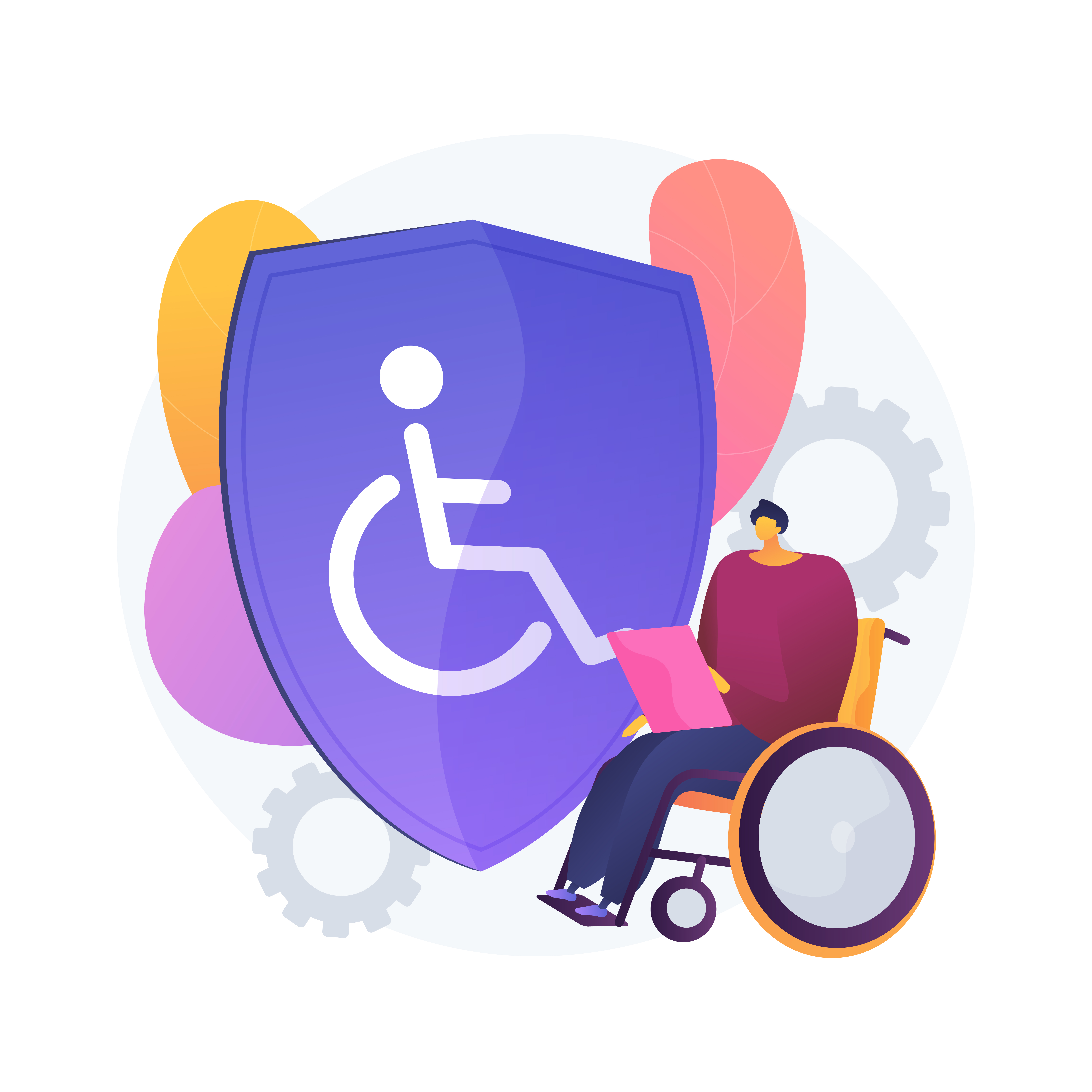India lacks a program similar to the U.S. Social Security Disability Insurance (SSDI). Yet it does feature disability-related social welfare programs and financial support initiatives extended by different central and state government agencies.
Disability resulting from accident or illness can destroy income and drain savings in one night. In India, where social security administered by the government is sparse, turning to insurance is imperative. This article looks at current products, the regulatory environment, market trends, and the developing private insurance market.
SCOPE & FINANCIAL IMPACT
Each year in India, 5–7 lakh individuals are afflicted with temporary or permanent disabilities from accidents or illnesses and lose their earning capacity.
A national survey revealed that families utilise approximately 20% of their monthly expenditure on such disability-related costs, driving most into catastrophic financial hardship.
GOVERNMENT SOCIAL SECURITY & LEGAL FRAMEWORK
a) Code on Social Security, 2020
Seeks to cover social security (including disability benefits) to both organised and unorganised sectors, gig and platform workers. Implementation is underway.
b) Employees’ State Insurance (ESI) Scheme
Protects employees in the organised sector (those earning below wage level).
Disablement benefits are:
- Temporary Disablement: Wage benefits for recovery.
- Permanent Disablement: Monthly pension for permanent disablement.
c) National Social Assistance Scheme (NSAP) – Disability Pension
Aids PwDs with 80%+ disability and Below‑Poverty‑Line (BPL) status.
Pension varies from ₹300 to ₹500/month, though some states provide higher amounts (e.g., ₹2,500 in Delhi).
d) Rights of Persons with Disabilities Act, 2016
Rights-based legislation ensuring accessibility, legal protection, and non-discrimination.
PRIVATE & EMPLOYER-PROVIDED INSURANCE OPTIONS
a) Personal Accident Insurance
Commonly provided by mass-market general insurers such as ICICI Lombard, Tata AIG, and HDFC ERGO.
Accidental disability is covered:
- Temporary Total Disability (TTD): Reimbursement of weekly earnings up to ~2 years.
- Permanent Partial/Total Disability (PPD/PTD): Lump sum payment.
Growing adoption as awareness improves and income protection riders are included by insurers covering up to 75% of pre-disability income, EMIs, and credit card monthly dues.
b) Employer‑Provided Group Plans
Group personal accident and critical illness coverage is commonly provided to salaried employees.
These both cover temporary disability wages and lump sums for permanent injury.
c) Critical Illness Insurance
Offers lump sum on diagnosis of listed illnesses (e.g., stroke, cancer).
Is financial assistance but not ongoing income replacement.
d) Health or Term Insurance with Disability Riders
Certain policies (e.g., Tata AIG Income Guard, ICICI waiver-of-premium riders) pay small disability benefits.
Generally reviled for exorbitant premiums and stringent terms.
MARKET TRENDS & REGULATORY DEVELOPMENTS
India’s demand for disability insurance is increasing, particularly for vulnerable segments such as gig workers or daily-wage laborers.
InsurTech innovations such as AI-based underwriting, digitally first platforms, and simple online claim portals are increasing accessibility and efficiency.
Regulatory moves and positive reforms by IRDAI are anticipated to catalyze greater transparency and wider coverage.
KEY STRENGTHS & GAPS
✅ Strengths
- Availability of personal accident plans across a broad spectrum.
- Many employers providing group cover.
- Basic disablement benefits by ESI and NSAP schemes for targeted populations.
- Tax benefits: PwDs may avail deductions of ₹75k to ₹1.25 lakh under Sections 80U/80DD.
❌ Gaps
- Limited choices for long-term or illness-based replacement of income.
- Disability insurance tends to be accident-based—not illness-based.
- No comprehensive national income-support programs.
- Low awareness and limited penetration in informal sectors.
- Government pension scales are low and not inflation-indexed.
TIPS FOR FINANCE-SEEKING READERS
- For salaried, check out group personal accident and critical illness policies through your employer.
- In case of being self-employed or unemployment-risk exposed, opt for freestanding personal accident insurance and critical illness policies.
- Tax exemptions under Sections 80U/80DD are worth it—have docs handy.
- Be on the lookout for new IRDAI‑regulated products and online insurers coming into the market.
- Utilize fintech platforms such as FinCover and PolicyBazaar for side-by-side policy comparison and online buying.
CONCLUDING REMARKS
India’s disability insurance ecosystem is changing—but there are still many that are underinsured. With growing financial literacy and decreased barriers from digital innovations, more customized plans—such as income protection covers—are surfacing. Until then, a multi-layered approach of group plans, personal accident cover, critical illness insurance, emergency funds, and state welfare is the best protection.
